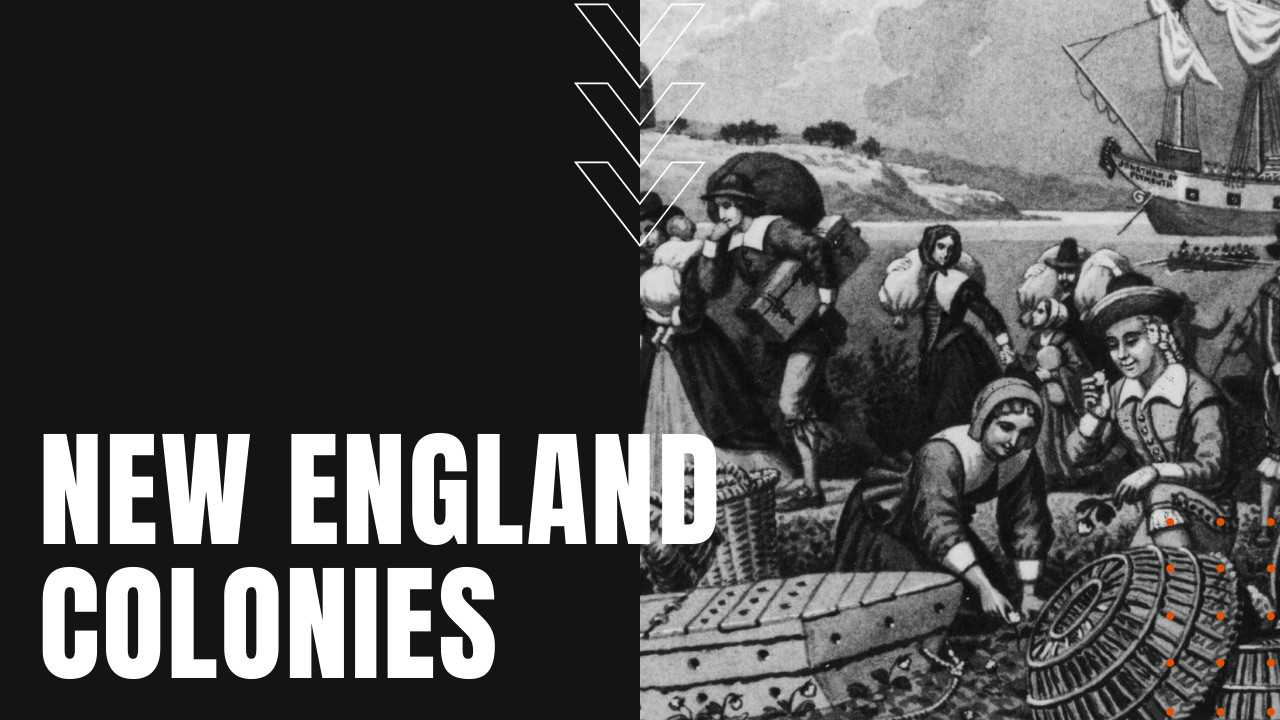New England Colonies and Native Americans

During the Age of Exploration, early contact between European explorers and Native Americans led to the deaths of 90% of North America’s indigenous people, not through warfare or conflict, but through the introduction of foreign diseases such as smallpox, tuberculosis, measles, cholera and bubonic plague.
History of Native American Reservations
Unintentional disease transmission continued into the 1600s, when English colonists populated the New England colonies of Plymouth, Massachusetts Bay, New Hampshire, Connecticut, New Haven and Rhode Island, and while some colonial leaders such as Puritan minister Increase Mather believed that the decimation of native populations was proof that God blessed colonial expansion, other leaders used the devastation as a way to convert Native Americans to Christianity, creating “praying towns,” which were the first examples of reservations for Native Americans.
At first, an uneasy peace existed between the colonists and the nearly 60,000 Native Americans living near English settlements, where Native Americans traded hides, food and local knowledge in exchange for beads and other types of currency known as wampum.
For the colonists, early trade exchanges proved vital to their survival, while Native Americans sought to build alliances in order to strengthen their fight against indigenous enemies—a critical disconnect that would hinder their ability to unify forces against foreign encroachment onto their lands.
The Plymouth Colony
For the colonists’ part, a mere five years after their arrival, the Plymouth Colony became so self-sufficient, due to their relationship with Native Americans, that they no longer required financial support from Great Britain.
Relations between Native Americans and New England colonists slowly eroded over the course of the 17th century, coming to a head in 1675 when local authorities at Plymouth executed three members of the Wampanoag People for the murder of Christian Indian John Sassamon, who had previously warned the colonist about a planned attack by local Native Americans. Known as the First Indian War or King Philip’s War, the struggle would see fourteen months of bloody conflicts between colonists and Native Americans, leading to thousands of deaths, casualties and displacements; a preamble, of sorts, for the next two-and-a-half centuries of sporadic fighting between Native Americans and westward-moving settlers.
